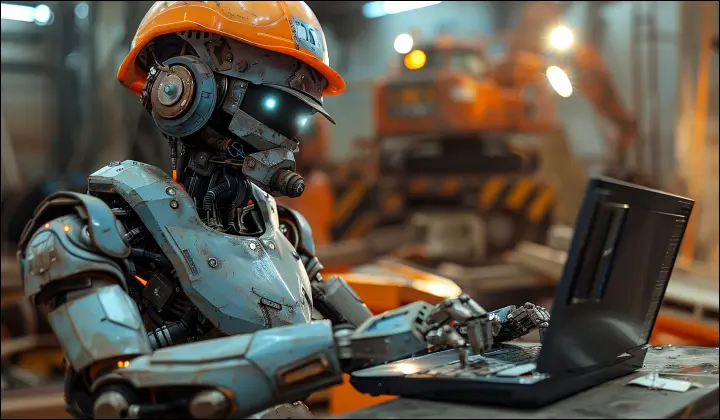Manufacturers are constantly looking for ways to improve efficiency, cut costs, and keep production on track. Traditional automation has helped, but it’s time to take things further.
AI agents are the next step.
These systems not only analyze data but also make decisions and execute actions in real-time. They adjust operations, manage workflows, and handle disruptions without waiting for human input.
In this blog, we’ll cover the most practical ways AI agents can be used in manufacturing, real examples of their impact, and how you can implement them in your own processes.






 7 mins
7 mins











 Talk to Our
Consultants
Talk to Our
Consultants Chat with
Our Experts
Chat with
Our Experts Write us
an Email
Write us
an Email





